
Reasons behind Sun Poisoning Blisters
Sun poisoning is a medical condition which is actually worse than regular sunburn. It takes place due to excessive exposure to ultraviolet sun rays. These can trigger an allergic reaction on the skin, along with sunburns and blisters. Pain is almost always present with sun poisoning, usually accompanied by nausea, dizziness, fever, headaches, etc. The skin may also peel and be extremely itchy. Sun poisoning blisters can be triggered by various factors and causes. Medications such as birth control pills, diabetic medications, blood pressure medications and other along with their side effects are among the most common ones. Many cosmetic products contain chemicals which can make the skin become hypersensitive to the sun, too. Vitamin deficiencies and certain illnesses may trigger the same problems.
Classes of Burns
The severity of a burn depends on how many layers of the skin were destroyed. There are three different classes of burns. A first degree burn is a superficial one as it only affects the top layer of the skin, which is called epidermis. This type of burn only results in minor swelling and a reddening of the skin. It heals after only a few days and when the dead skin peels off it is almost completely healed. A second degree burn causes deeper damage to the skin and it partially affects the layer of skin under the epidermis which is logically referred to as the dermis. Second degree burns are often associated with blisters which tend to be rather painful in most cases. Those are filled with serum, a watery liquid which leaks from the damaged tissues and blood vessels. A second degree burn commonly heals after two or three weeks. Blisters should not be broken because that may lead to even more pain and an increased risk of infections. Third degree burns cause extreme damage to the skin, blood vessels, nerves and glands. They are often associated with very severe types of infections and in some cases they may even be fatal, mainly due to the fact that they are in frequently accompanied by excessive dehydration.
The Best Treatment Options
The best way to treat minor burns is to soak them in cool water and to rub Aloe Vera cream or various different types of antibiotic treatments on them. Gauze should also be placed over the burned area in order to protect it from infections. Second degree burns are a completely different thing as they need to be soaked in water immediately and for a period of 15 minutes. If the burn is small, a clean and wet cloth needs to be placed on it for a few minutes on a regular daily basis until it heals up. Different kinds of antibiotic creams may also come in very handy when it comes to relieving the painful sensations. The gauze used for the covering should not be sticky and it should be easy to take off so that the skin can breathe properly. If the swelling gets worse, one needs to go see a doctor for further treatment. Those who suffer from third degree burns need to seek immediate medical attention at the nearest hospital. The clothes stuck to the skin should not be taken off and the burns should not be soaked in water, no matter what.
Possible Treatments for Sun Poisoning Blisters
A person who experiences sun poisoning blisters and all of the accompanying symptoms and signs needs to seek immediate medical attention. This is all mainly due to the fact that blisters are in most cases infected and therefore they need to be examined by a doctor so that they can be treated with the best therapy possible. Those who are diagnosed with blisters affected by an infection are commonly treated with numerous different types of anti inflammatory medicaments, certain types of antibiotics and several other prescription medicaments. Also, the blisters and other skin problems related to this condition need to be treated topically by a cortisone cream or by other, alternative means of topical treatments. If the sun burning effect is not that serious, then the blisters may also be treated at home by using certain simple remedies. One may apply ice wrapped in a cloth onto the troublesome spot. Also, a cold mixture of milk and water, applied by a cloth onto the areas suffering from the blisters can come in handy when it comes to alleviating the symptoms. Furthermore, aloe Vera juice is excellent for the same purposes. Alternatively, one can mix rose water and turmeric powder in order to make a paste which can be applied over the blisters, disinfect them and prevent them from spreading. Finally, a mixture of one third of organic vinegar and two thirds of water applied on the area will prove to be more than beneficial.


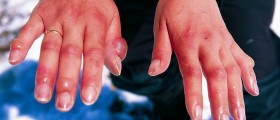

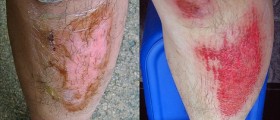

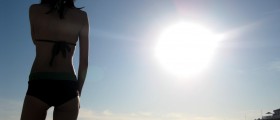
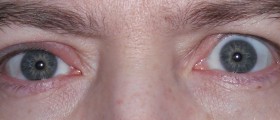
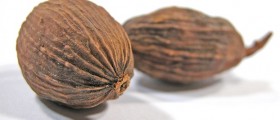





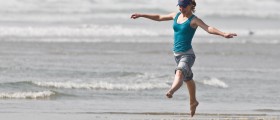
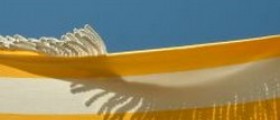
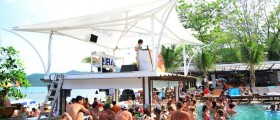
Your thoughts on this
Loading...